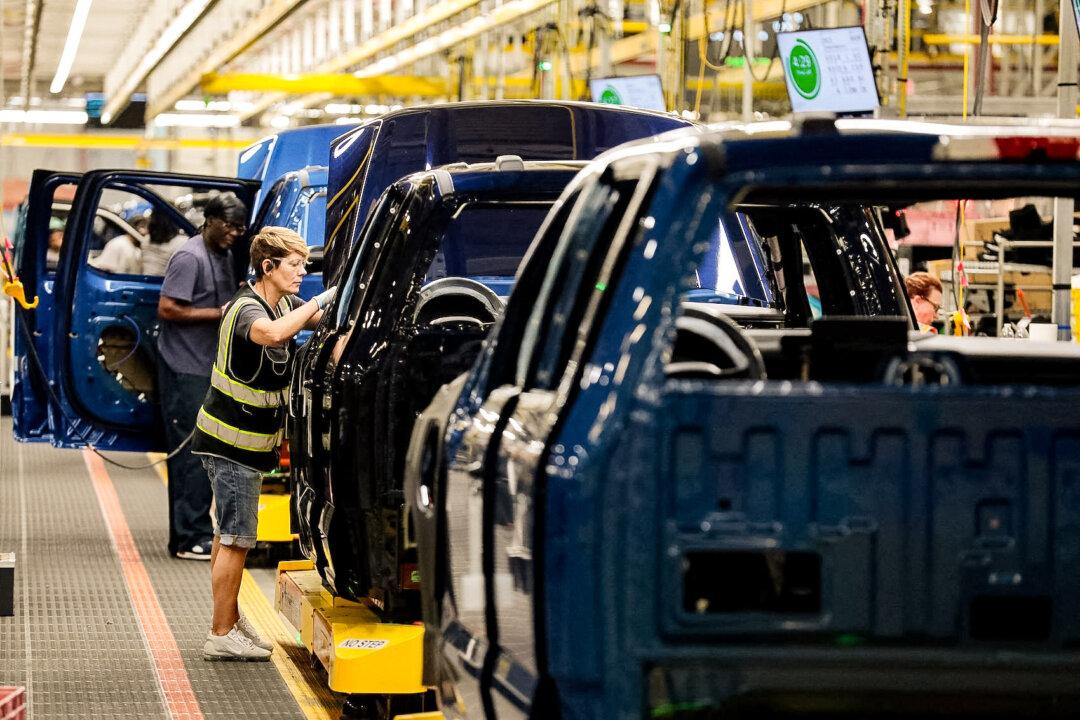Ford CEO Jim Farley suggested the company may have to rethink its “manufacturing footprint” in the United States after last year’s conflict with a worker’s union.
Speaking at the Wolfe Research Global Auto Conference in New York on Thursday, Mr. Farley said that Ford always took pride in its relationship with United Auto Workers (UAW), according to the Associated Press. Since the 1970s, the company has not experienced any strikes involving the union. However, this relationship changed last year when Ford’s Louisville factory in Kentucky was shut down by the UAW. As the company seeks to transition to electric vehicles from internal combustion engine ones, “we have to think carefully about our (manufacturing) footprint.”





